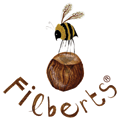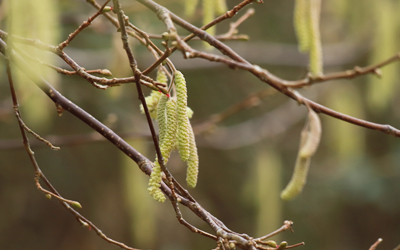February is the month that I usually start to consider our honey bees food stores. It takes a colossal amount of stored food to get a colony of bees through the winter. Warmer winters like this one are even more of a challenge as bees will fly on fine sunny days and find little to no nectar to replace the energy spent searching. We’ll also keep an eye on the magnolia as this is usually a sign that the other plants bees feed on like hellebores, crocus grape hyacinth, willow and blackthorn are also waking up and in turn so are our bees.

Bumble bees are also beginning their perilous first excursions. The queens have overwintered alone in hibernation. The general plan is that they need to get a nest strong enough by the end of/height of summer to produce queen bees that can get mated ready for the next year before the drones die off before winter. The only bumble bee to survive the winter is the new queen. These fuzzy giants begin to emerge full of instincts and ready to begin a marathon. They alone must find a new nest site, lay and feed the first workers, before she has can get any assistance rearing the rest of the colony. Depending of the species of bee the queen will also make some kind of cell to lay the eggs in, all materials, nectar and pollen must be sourced. This is why you will find queens out early and late in the right conditions. Personally I think that if you find a queen struggling at this time of year a little sugar syrup (2:1 sugar and water) isn’t too much of a meddle.
January and February’s wolf and snow moon delivered neither wolves or snow in our neck of the woods but I suspect that March’s plough moon might bring a bit of ploughing should the weather permit. We hope to sow more bee fodder this year to help sustain the growth of our breeding hives.
- April – Busy Planting! - 3rd May 2024
- March – Changing Seasons - 17th April 2024
- February – Everything’s waking up - 29th February 2024

